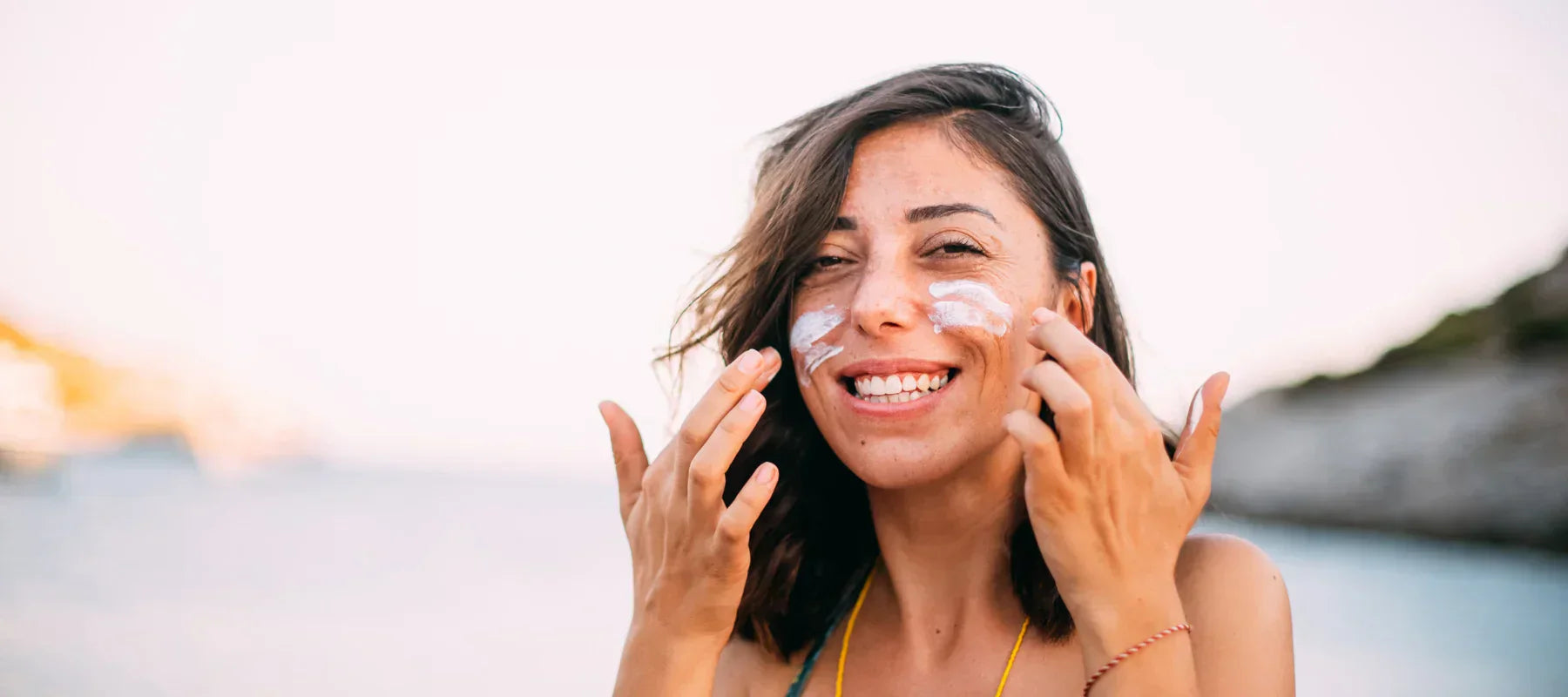
SPF 50 Meaning Explained: What SPF 50 PA+++ Sunscreens Do
In the summertime, we spend more time outdoors, so protecting our skin from harmful UV rays becomes increasingly essential. You have likely seen sunscreen labels with terms like "SPF 50" and "PA+++" when you look at sun protection creams in the market. But what do these abbreviations mean? Understanding the sunscreen SPF 50 meaning and PA ratings can help you choose an effective sunscreen to shield your skin. How does sunscreen prevent tanning effectively? By blocking or absorbing UVB and UVA rays, sunscreen helps prevent skin darkening, sunburn, and long-term damage. This article will explain the meaning of SPF 50 meaning, how it blocks UVB rays, and how PA ratings indicate UVA protection.
SPF 50 Meaning: What Does It Indicate?
To buy the right sunscreen, you need to understand the meaning of SPF 50 PA+++, how it protects your skin from UVB rays, and the difference between various SPF levels.
Definition of SPF (Sun Protection Factor)
SPF stands for Sun Protection Factor, a standardised measure of a sunscreen's ability to prevent UVB rays from damaging the skin. What is SPF in sunscreen? It refers to how well the sunscreen can protect the skin from UVB rays, which have shorter wavelengths that reach the outer layer of the skin and are the leading cause of sunburns. The SPF rating system was introduced in 1962 by dermatologist Franz Greiter, who determined the "minimal erythema dose" (MED) – the shortest time under a UV lamp that produces visible reddening on unprotected skin.
The SPF number refers to the ratio between the MED on protected and unprotected skin. For example, if unprotected skin turns red after 10 minutes of UV exposure, an SPF 50 sunscreen theoretically prevents reddening 50 times longer – about 8 hours under the same UV radiation. So, the higher the SPF number, the greater the protection from UVB rays and sunburn risk.
How SPF 50 Protects Against UVB (Ultra-Violet B radiations) Rays
According to standards, SPF 50 sunscreen means blocking about 98% of UVB rays. By comparison:
- SPF 30 blocks 97%
- SPF 15 blocks 93%
While SPF 30 offers good protection, SPF 50 is recommended for extended outdoor activity when exposure can increase. The Skin Cancer Foundation suggests choosing an SPF 50 PA sunscreen meaning broad-spectrum protection against both UVA and UVB rays.
Difference between SPF 30, SPF 50, and Higher SPF Levels.
The difference between SPF levels continues to diminish beyond 50. For example, SPF 50 PA++++ sunscreen meaning includes blocking 98% of UVB rays, while SPF 100 blocks just 1% more. Despite this, some assume higher SPF equals more protection and apply too little sunscreen. No sunscreen can block 100% of UVB rays.
The marginal benefits above SPF 50 do not provide substantially more protection in real-world conditions. Sweat and water can dilute coverage over time, and most people do not apply enough sunscreen. Multiple applications of SPF 50 PA sunscreen, meaning proper usage throughout sun exposure, are most effective.
Sunscreen SPF 50 PA Meaning: Understanding PA Ratings
There are a few PA ratings when it comes to sunscreens, such as:
What PA+ to PA++++ Means?
While the SPF 50 PA++++ meaning measures UVB protection to prevent sunburn, the PA system indicates protection against deeper-penetrating UVA rays. UVA rays contribute to skin ageing and wrinkling by destroying collagen over time. PA uses the Persistent Pigment Darkening (PPD) scale to test UVA protection. The SPF 50 PA meaning system includes:
- PA+: Minimal UVA protection
- PA++: Moderate protection
- PA+++: High protection
- PA++++: Highest UVA protection
How PA Ratings Measure UVA( Ultra Violet A Radiation) Protection
PA ratings depend on the PPD test, which determines the length of UVA exposure needed to alter skin colour. For PA+, it takes less than 4 times the minimum UVA dose to induce tanning compared to unprotected skin. PA++++ tolerance requires 16 times this minimum dose. So, PA++++ can provide a full day of protection against UVA skin damage even if reapplied infrequently, making it ideal for extended outdoor activity.
Difference Between UVB (SPF) and UVA (PA) Protection
SPF ratings measure UVB protection, which prevents burning. PA ratings measure UVA protection, which prevents skin ageing and wrinkling over time. Dermatologists recommend choosing a broad-spectrum sunscreen with SPF 30+ and PA+++ for a well-rounded defence. SPF shields against short-term damage, while PA guards against the gradual destruction of collagen and skin cell DNA.
SPF 50 PA+++ vs SPF 50 PA++++: Which to Choose?
Both SPF 50 PA+++ and SPF 50 PA++++ provide robust protection. However, PA++++ offers the highest level of UVA defence. Those spending many hours outside or with skin susceptible to sun damage should opt for SPF 50 PA++++. It provides an extra margin against long-term photoaging. However, SPF 50 PA+++ still delivers excellent UVA and UVB protection for everyday, short-term use.
How to Use SPF 50 PA++++ Sunscreen Effectively
To fully capitalise on SPF 50 PA++++ protection:
- Apply liberally at least 15 minutes before sun exposure so it can bind properly with the skin. Use a nickel size for the face and a shot glass amount for the body.
- Reapply after 80 minutes of swimming or sweating or after 2 hours otherwise.
- Wear protective hats, sunglasses and clothing in addition to sunscreen.
- Check that your sunscreen has not expired, as stability decreases over time.
- Apply another layer after towel drying or using harsh cleansers, which can remove sunscreen.
Conclusion
Understanding SPF and PA ratings helps you choose high-quality, broad-spectrum sun protection optimised for your needs. SPF 50 blocks over 98% of UVB rays to prevent painful sunburn, while PA shields against UVA's ageing effects. PA++++ offers the highest UVA rating for sensitive skin and long-term exposure. Which SPF is best for oily skin? Generally, lightweight, non-comedogenic sunscreens with SPF 30 to 50 are ideal for oily skin, as they provide strong protection without clogging pores or feeling greasy. Combining SPF 50 with PA+++ or PA++++ gives your skin the best of both worlds – preventing damage now and destruction later for a healthy, youthful radiance over time. If you are in search of a sunscreen that is a good fit for every skin type, you can go for Pinkfoundry’s dewy sunscreen.
FAQs
What does SPF 50 PA+++ mean?
SPF 50 protects against UVB rays that cause sunburn, while PA+++ provides high defence against UVA rays that cause skin ageing and wrinkling.
Is 50 SPF sunscreen good?
SPF 50 sunscreen means blocking over 98% of UVB rays, providing excellent sun protection for extended outdoor activity.
Is SPF 50 enough for daily sun protection?
SPF 50 PA sunscreen meaning includes sufficient daily UVB protection, but reapplication every 2 hours is still essential for continued coverage.
What is the difference between SPF 50 and SPF 50 PA++++?
SPF 50 shields against UVB rays, while PA++++ indicates the highest protection from skin-aging UVA rays.
How often should I reapply SPF 50 sunscreen?
To maintain protection, reapply SPF 50 at least every two hours while outside or more if you sweat or swim.
Can SPF 50 PA++++ prevent tanning and sun damage?
SPF 50 PA++++ sunscreen meaning includes significant sun damage and tanning reduction but does not entirely prevent them, necessitating other sun-protective measures.



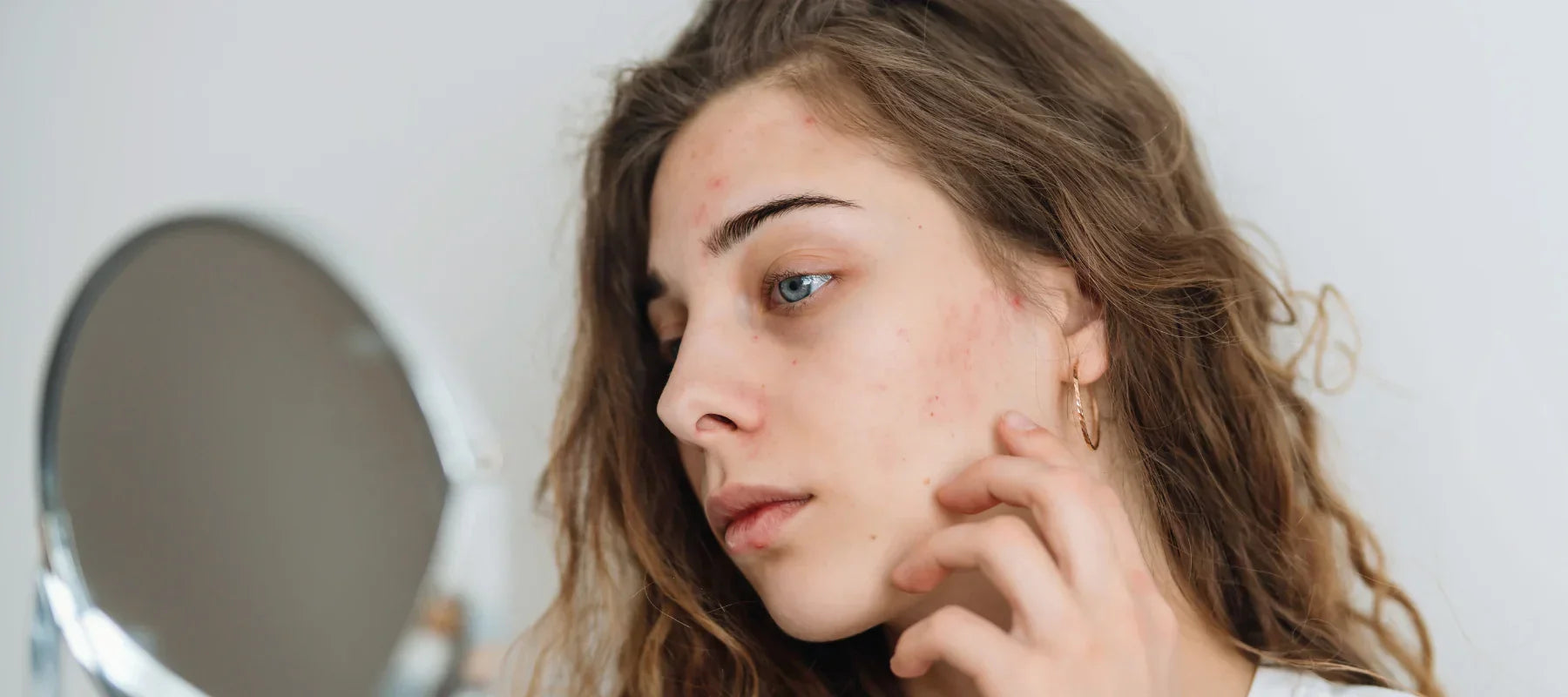




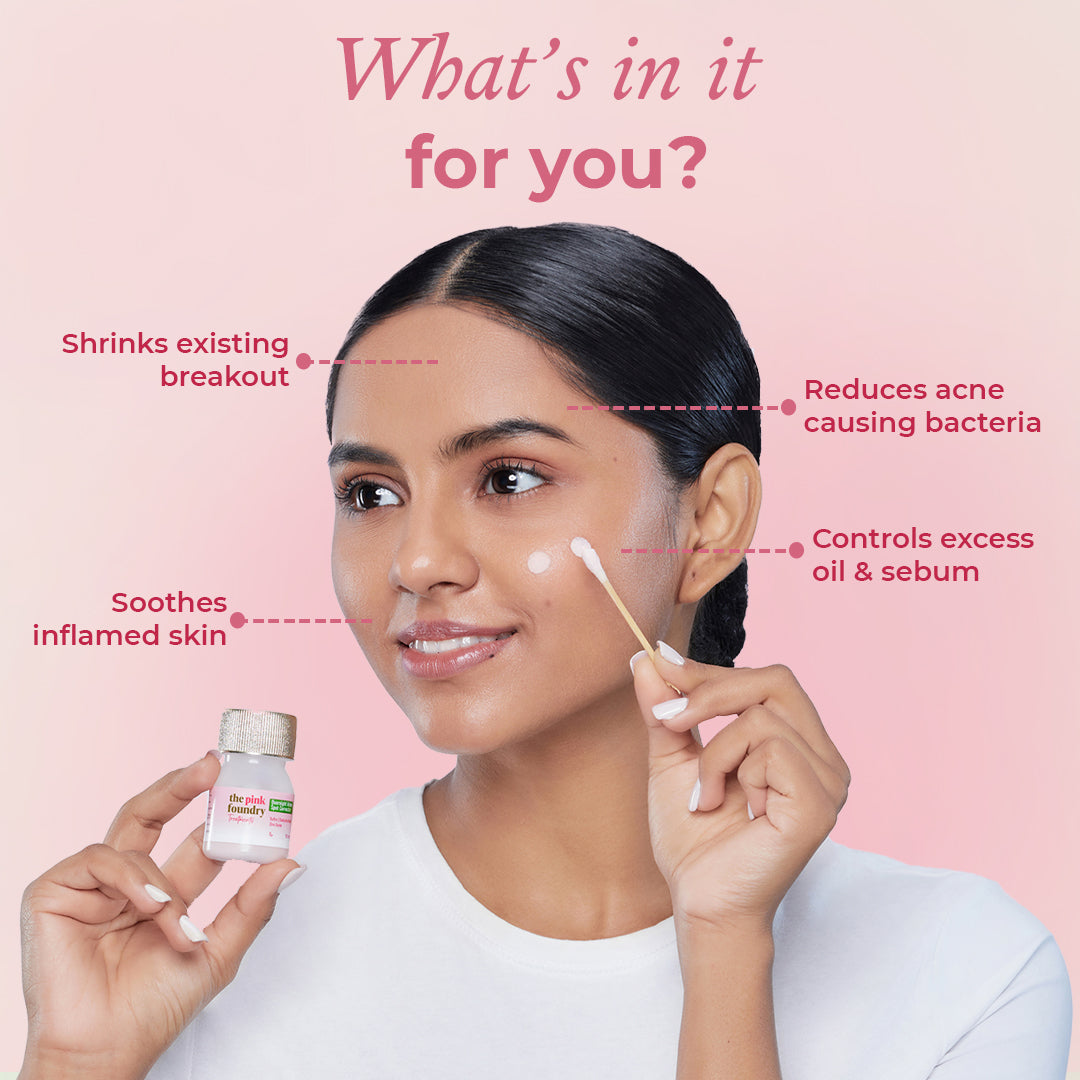

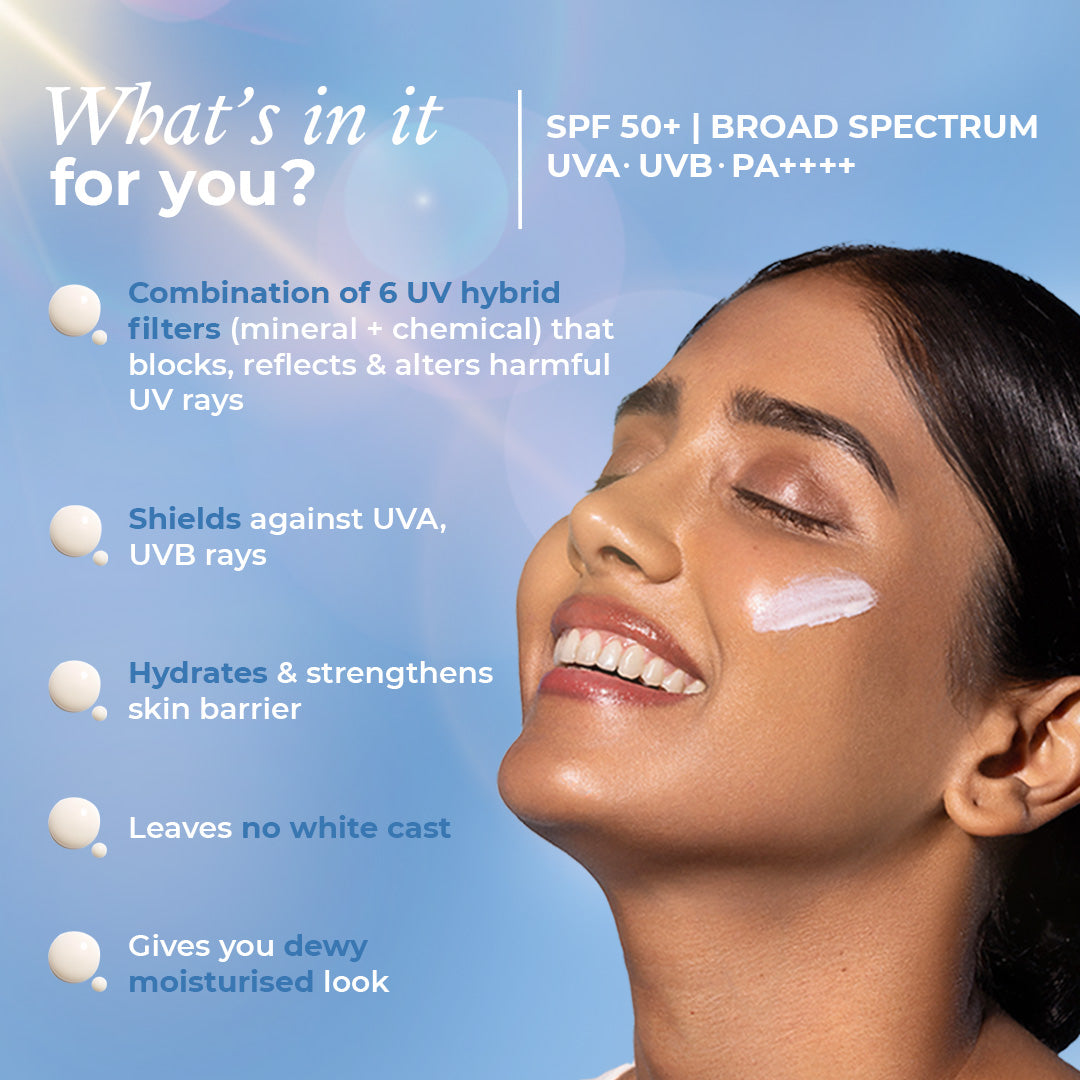
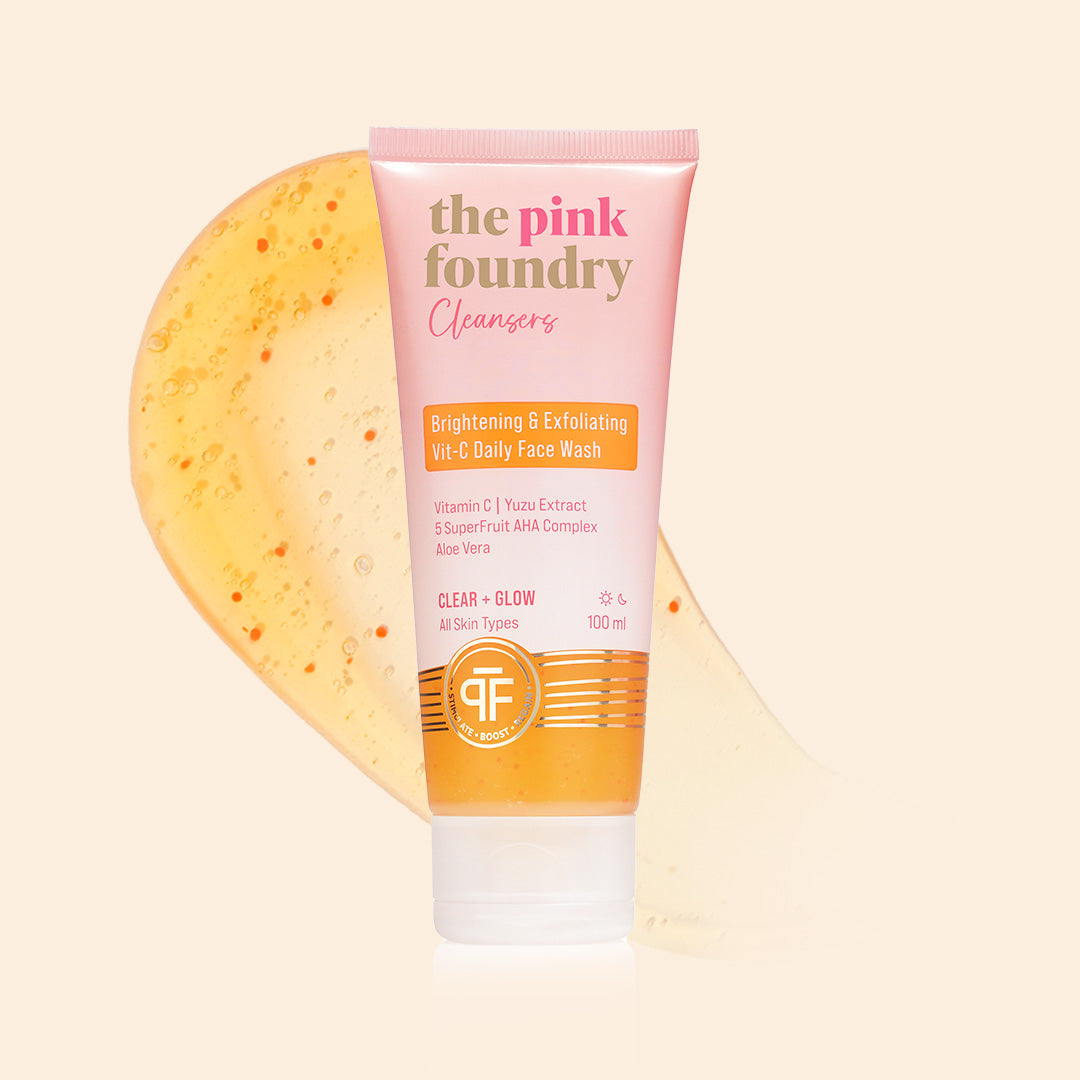

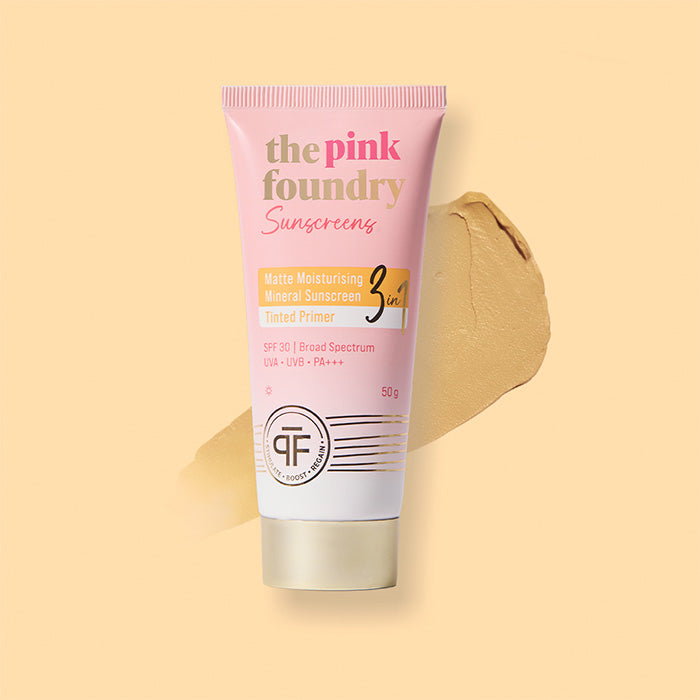

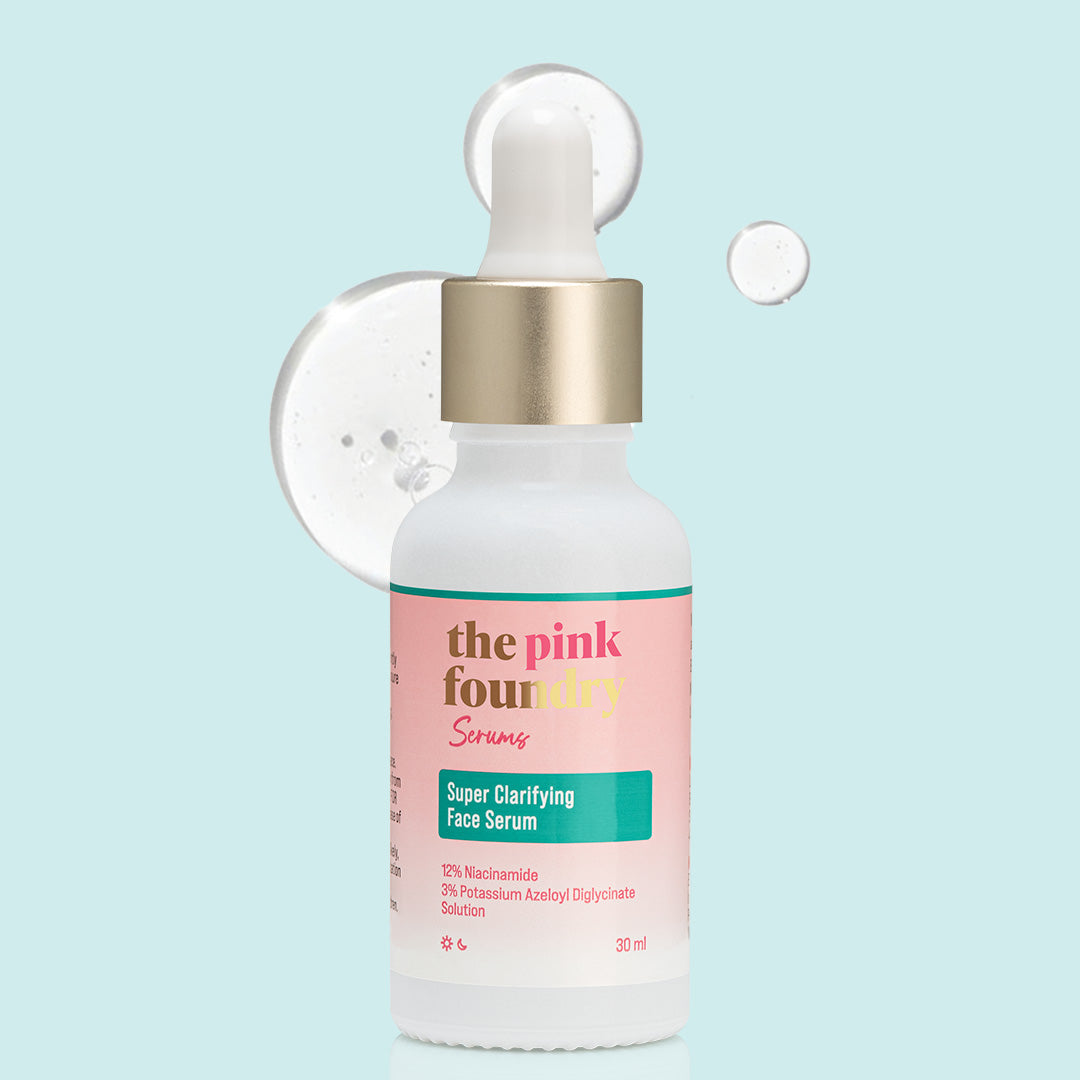
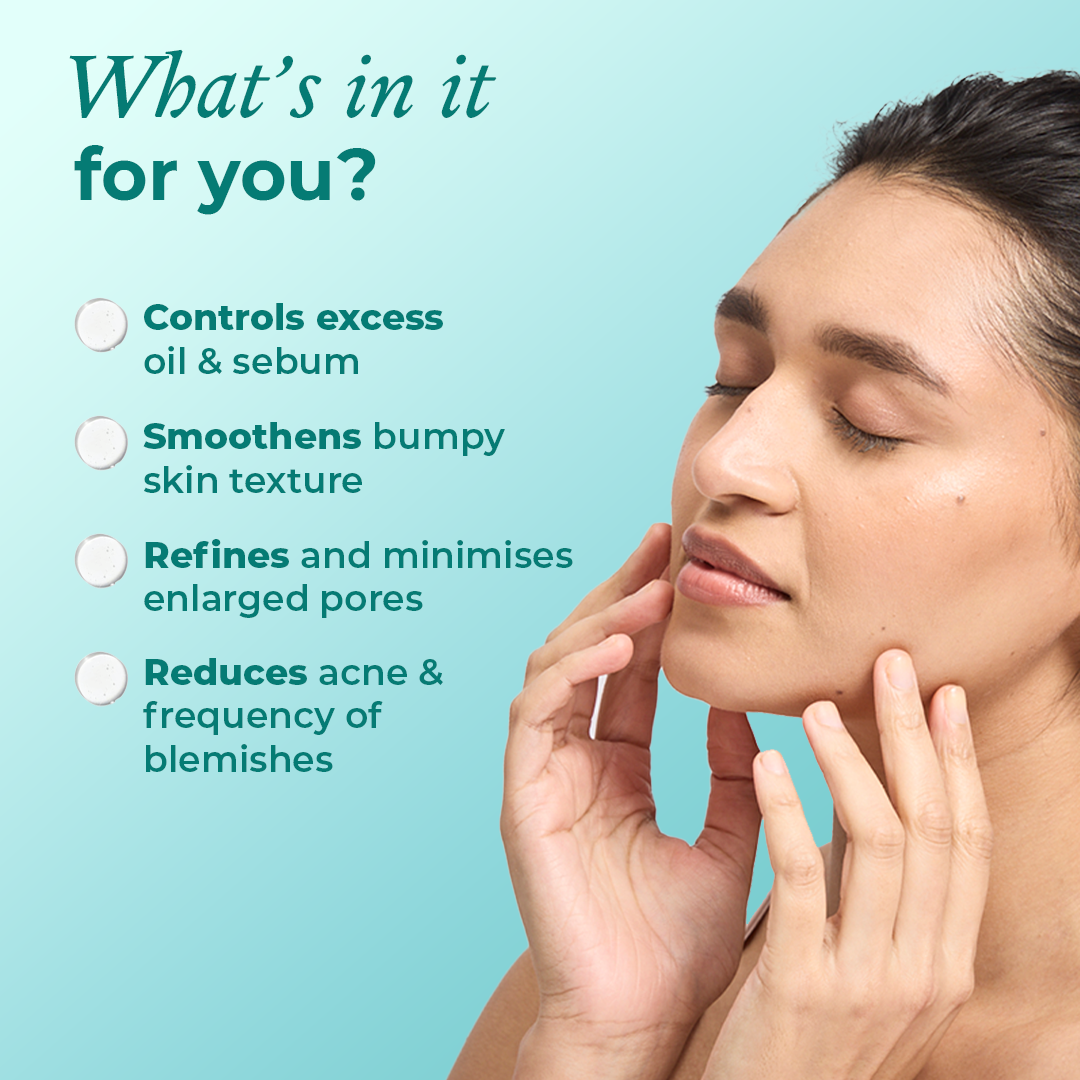

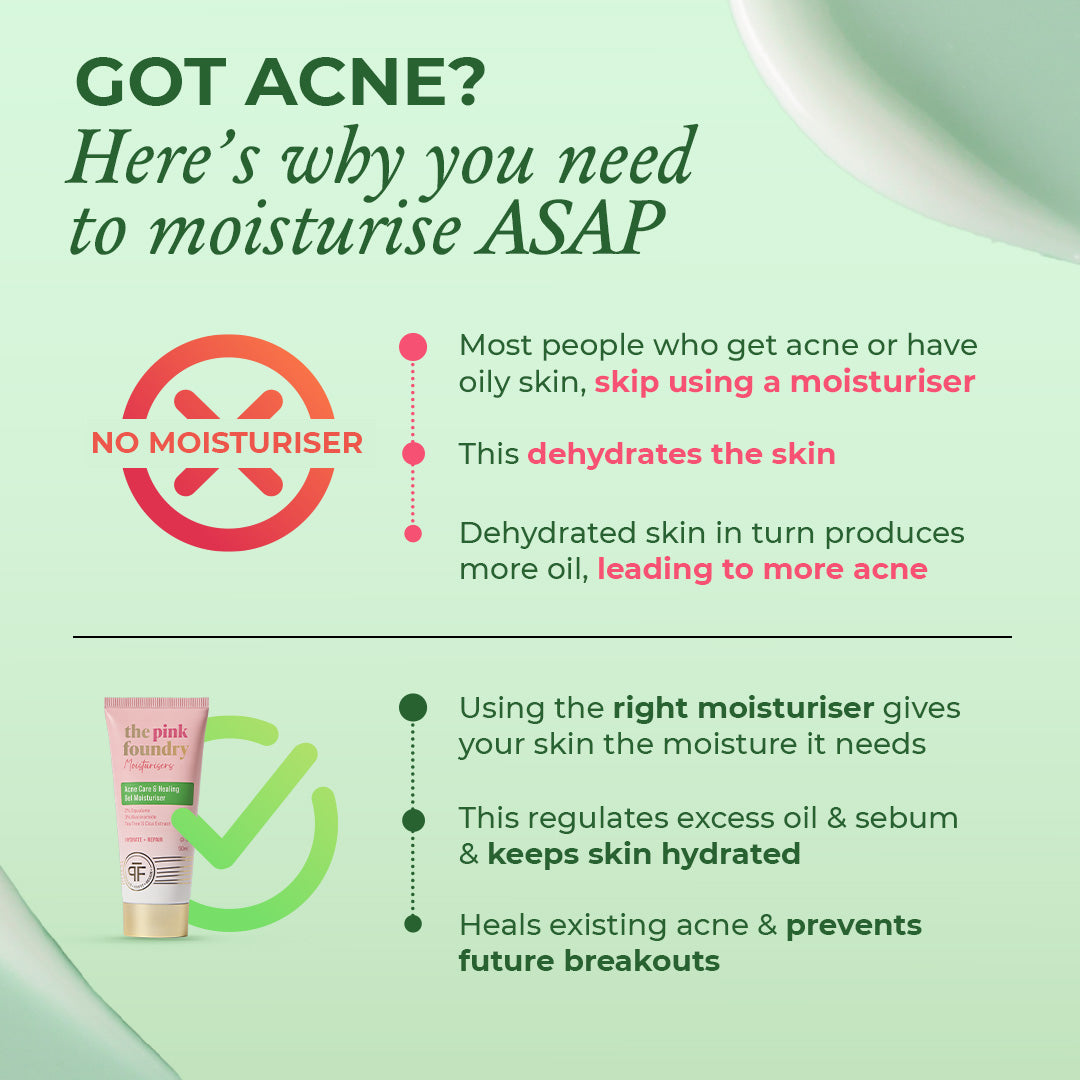
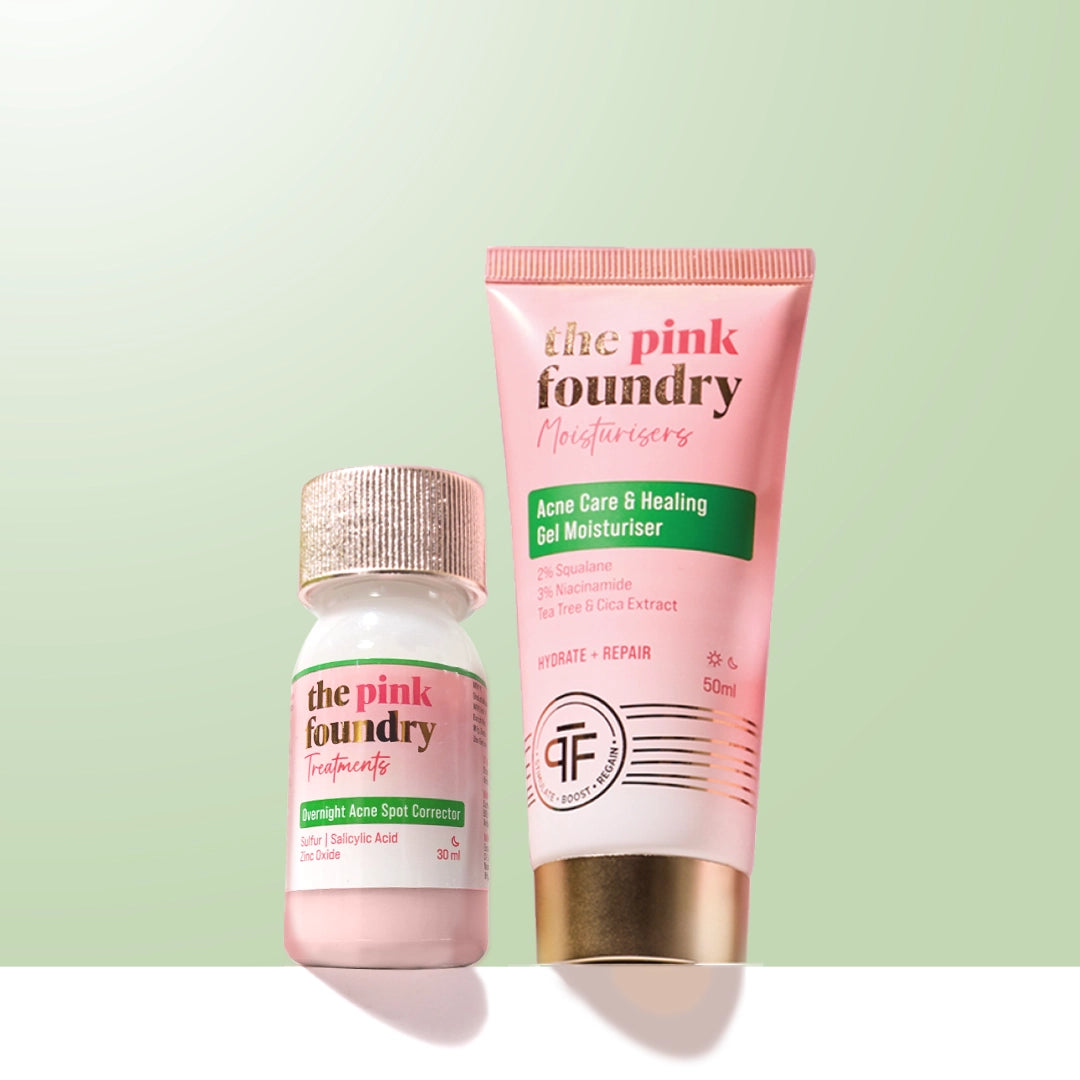
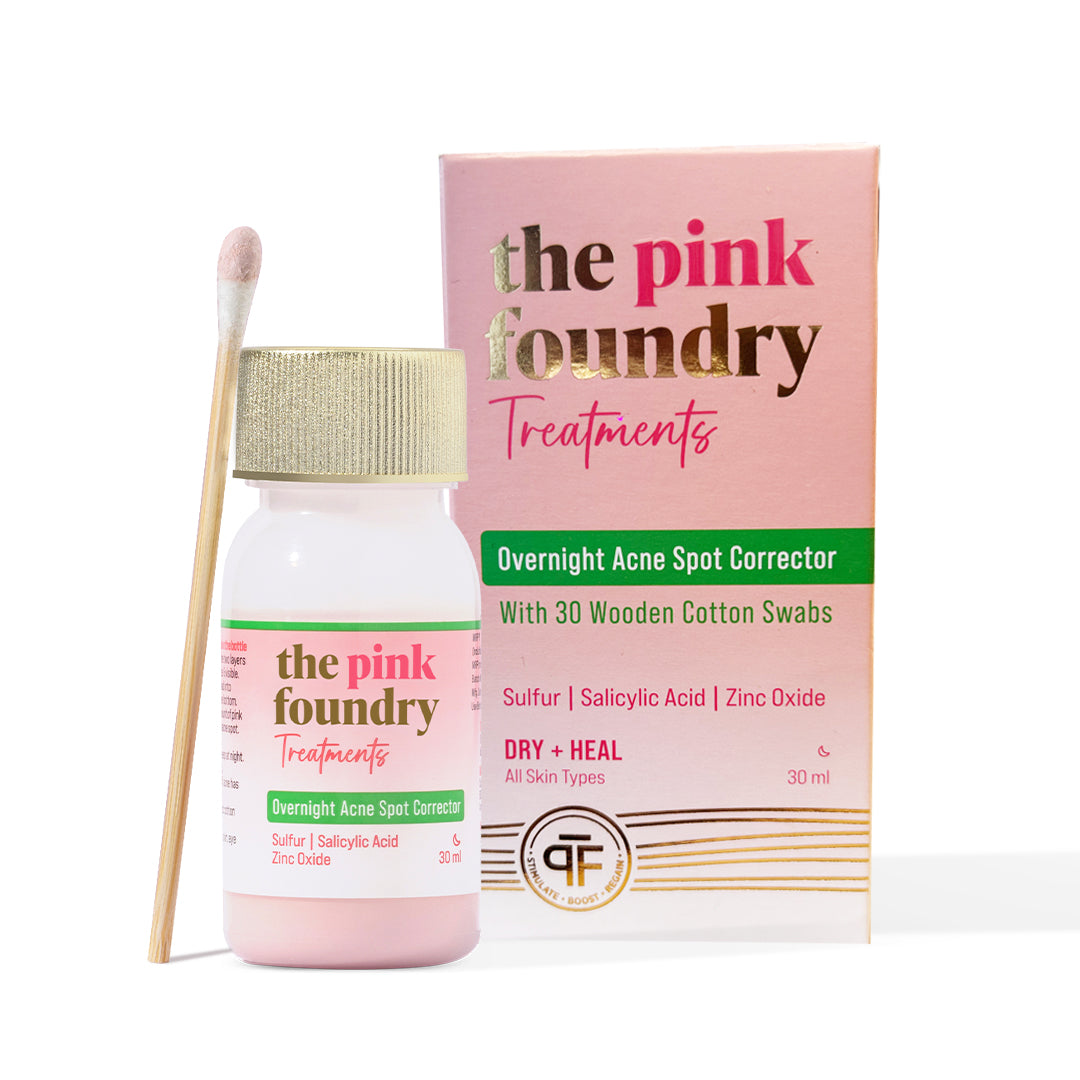
Leave a comment
This site is protected by hCaptcha and the hCaptcha Privacy Policy and Terms of Service apply.